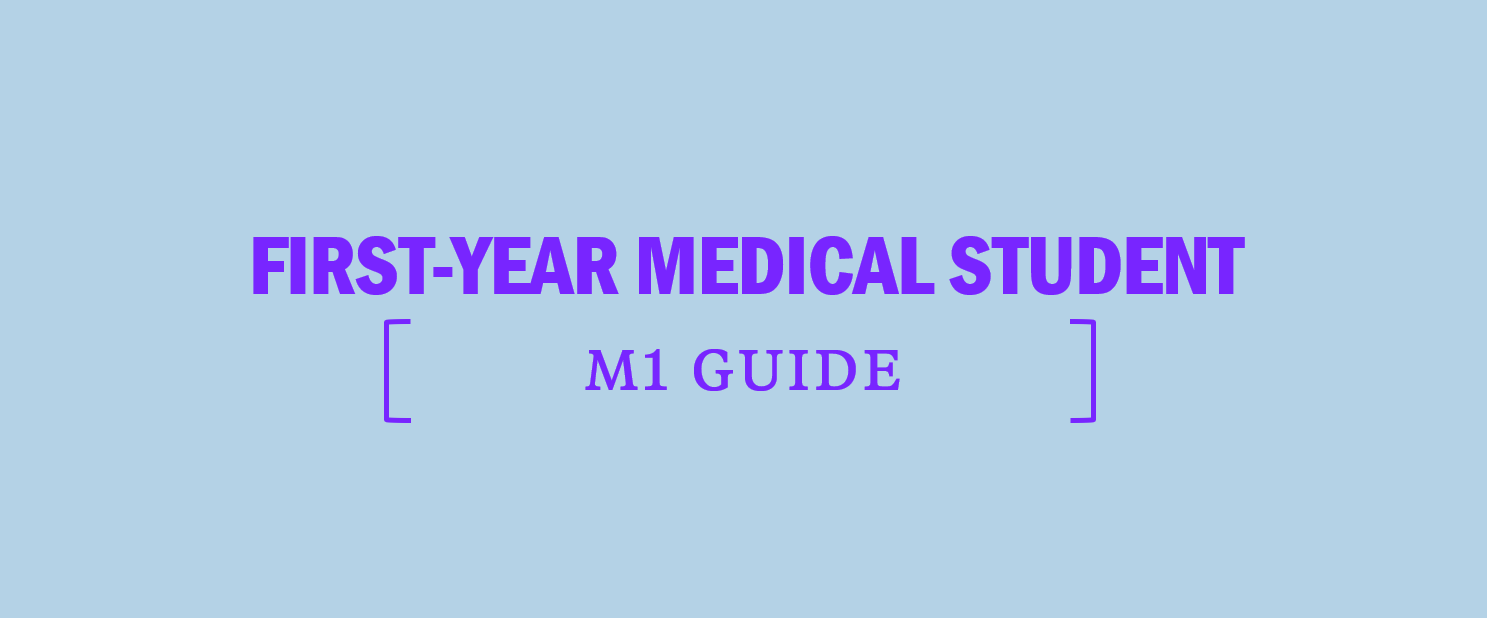All About the USMLE Step 3
The USMLE Step 3 is the final exam in the United States Medical Licensing Examination (USMLE) sequence and leads to a license to practice medicine without supervision. This two-day computerized exam currently has about 500 multiple-choice questions.
The exam also includes computer-based case simulations (CCS). These are digitalized versions of patient encounters that assess your ability to evaluate history and physical exam information, order diagnostic tests, select initial therapies, and manage the patient.
As you look ahead to this last step in the Boards, you may have questions. We’ve got answers!
If you’re from a medical school outside the U.S. and Canada, it must be listed in the World Directory of Medical Schools as meeting Educational Commission for Foreign Medical Graduates (ECFMG) eligibility requirements. No matter what type of medical degree students earn, everyone applies for the USMLE Step 3 through the Federation of State Medical Boards (FSMB) website.
When should I take the USMLE Step 3?
Before you can take Step 3, you need to have taken and passed Step 1 and Step 2 CK of the Boards during medical school. The USMLE program recommends applicants take Step 3 after completing (or when they are close to completing) at least one postgraduate training year in a U.S.-accredited graduate medical education program that meets state board licensing requirements.
The busiest testing times are May through July and November through December. Keep in mind that scheduling is first-come, first-served. Try to schedule your test dates early in your eligibility period, so you’ll have some flexibility in case you have to reschedule. You can take the exam at any Prometric® test center in the United States or its territories.
What’s on the exam?
The USMLE Step 3 is a 2-day computerized examination with approximately 500 multiple-choice questions, as well as computer-based case simulations (CCS) which assess your ability to evaluate history and physical exam information, order diagnostic tests, select initial therapies, and manage the patient.
The USMLE Step 3 primarily focuses on patient management (45-55% of questions). Other topics include history and physical; lab and diagnostic studies; diagnosis; prognosis; and pathophysiology—each consisting of about 8-12% of the exam questions. In addition, each question falls into one of three clinical encounter frames: initial workup; continued care; and emergency care.
Day 1 of testing features:
- Foundations of Independent Practice (FIP)
- Approximately seven hours in the test session on the first day, including 45 minutes of break time and a five-minute optional tutorial
- 233 multiple-choice items divided into six blocks of 38-40 items; 60 minutes are allotted for completion of each block of test items
- Items with an associated pharmaceutical advertisement or scientific abstract are included in each of these multiple-choice blocks
Day 2 of the exam features:
- Advanced Clinical Medicine (ACM)
- About nine hours in the test session
- 180 multiple-choice items, divided into six blocks of 30 items; 45 minutes are allotted for completion of each block of test items
- A seven-minute CCS tutorial followed by 13 case simulations, each of which is allotted a maximum of 10 or 20 minutes of real time
Read more details about the Step 3 exam on the USMLE site.
How can I make sure I’m prepared?
It’s a good idea to review helpful books and go through as many question banks as you can as part of your USMLE prep. You may also want to take a practice test early to see where you stand and to get used to the pace of the exam’s question blocks.
When it comes to preparing for the CCS portion of the exam, focus on becoming familiar with the software and being both efficient and thorough with your virtual patients.
Finding study time as a resident isn’t easy, but keep at it, and you’ll discover what works best for you when it comes to USMLE prep—and USMLE success.


